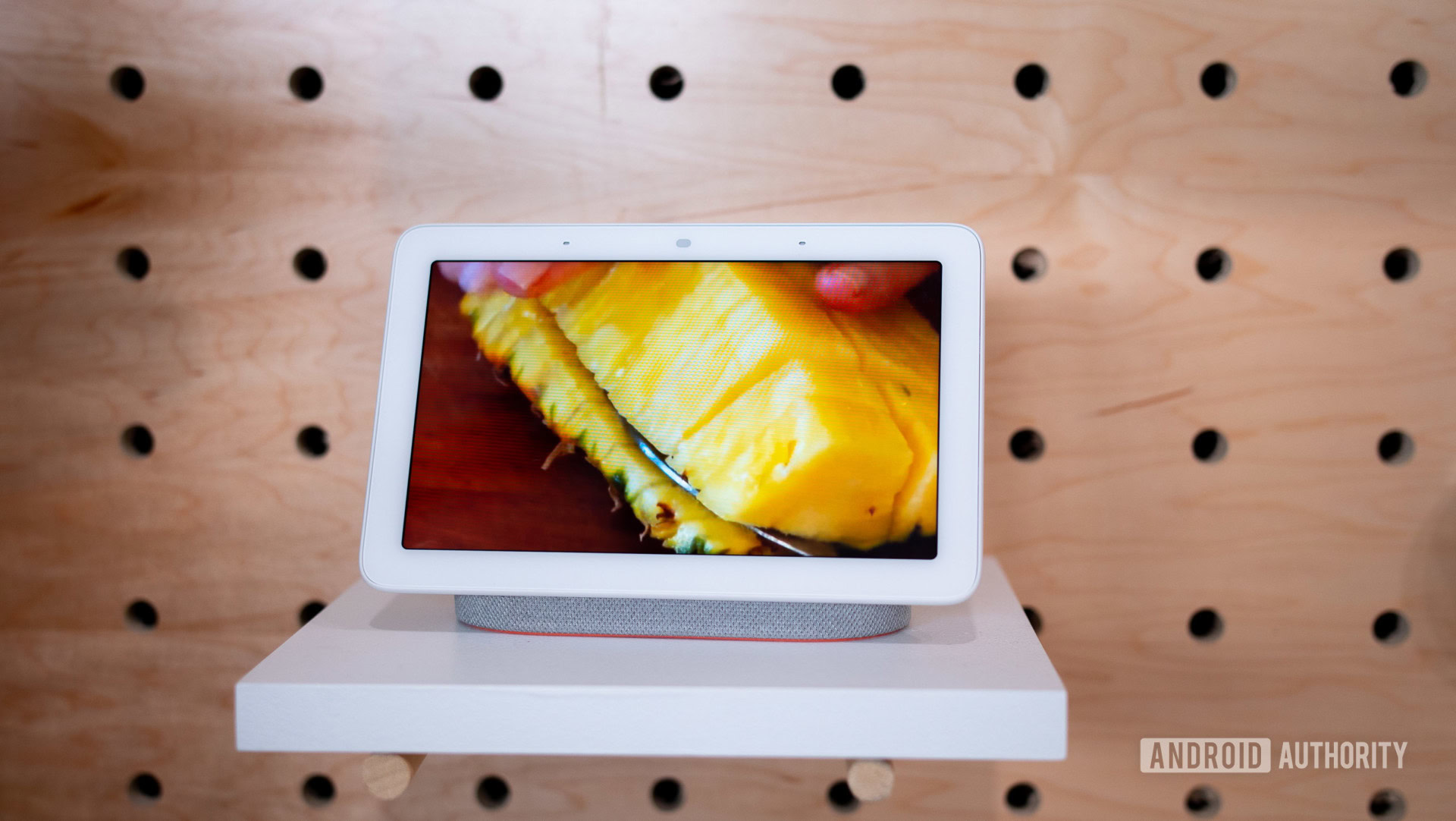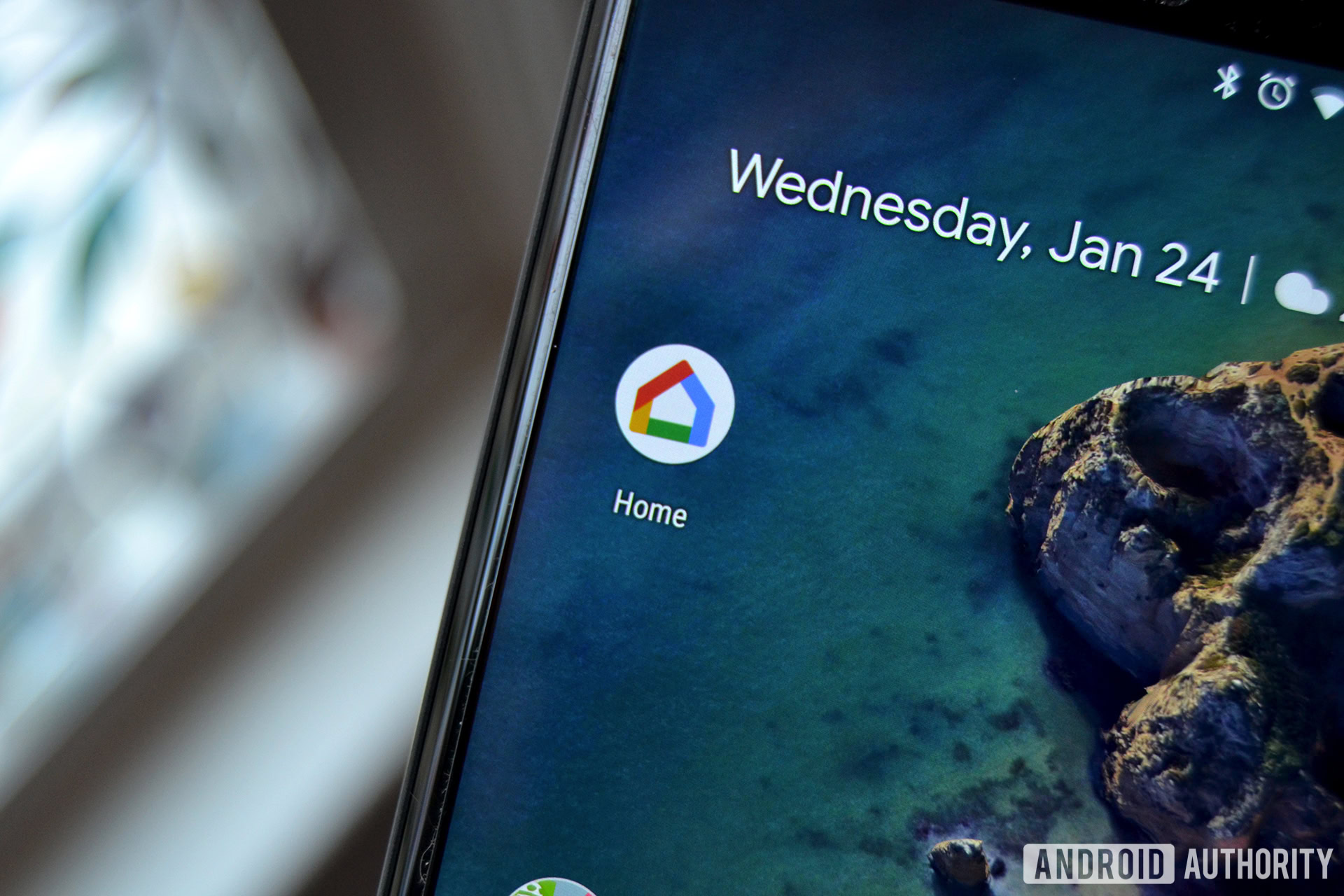Affiliate links on Android Authority may earn us a commission. Learn more.
Wait, what? Google's Home Hub is less like other Smart Displays than we thought

- Google’s Home Hub is running on the cast platform instead of Android Things like other Smart Displays.
- It’s unclear if the differences in operating systems will bring exclusive features to the Home Hub.
When the Lenovo Smart Display first hit the market, I noticed several differences between it and Google Homes and Google Assistant speakers. The search giant stated that the reason for some of these differences was because Smart Displays don’t have Chromecast built-in and because they aren’t classified as audio devices or speakers. So when the Home Hub was announced yesterday, it seemed weird that Google would give it the “Home” branding, but the display wasn’t expected to be too different than the Smart Displays built by third-parties.
But as it turns out, according to Ars Technica who talked to Diya Jolly, Google‘s VP of product management at the event, the Home Hub is running a completely different operating system than what’s found on the current lineup of Smart Displays.
Let’s take a step back and talk about Smart Displays. First announced back at CES 2018, Google’s new product category was seen as a way to bring visual responses to the Assistant. Not only would this enhance the experience that customers already had using Google Homes, but it would be a direct competitor to Amazon’s Echo Show and Spot.
The operating system that Google built for Smart Displays is based on Android Things, a stripped down version of Android meant for IoT devices. Instead of handing over the firmware to Lenovo, JBL, and LG and letting them modify the operating system, Google handles all firmware and feature updates, that way every Smart Display’s user experience is identical.

But as we’re now learning, the Google Home Hub is actually running on a modified version of the company’s cast platform. As Ars puts it, by making this change, the Home Hub might look and act almost identical to third-party Smart Displays, but it’s more like a more-powerful Chromecast than anything else.
One other pretty significant difference between the Home Hub and other Smart Displays is what’s found under the hood. While the third-party devices are all running the Snapdragon 624 and are a part of Qualcomm’s “Home Hub” platform, Google’s hardware is actually running on an Amlogic CPU.
When asked why Google decided to deviate away from Android Things for its device, Jolly said, “There’s no particular reason. We just felt we could bring the experience to bear with cast, and the experiences are the same. We would have easily given the third-parties Cast if they wanted it, but I think most developers are comfortable using Android Things.”
The primary question we’re left with is, what other differences will there be between the Home Hub and other Smart Displays? We already know that Google’s offering features a swipe-down gesture that brings up a “home view” control panel that currently isn’t found on the third-party devices. Since the Home Hub is built on the cast platform, does that mean that the device will have some of those missing features that I outlined months ago such as the ability to add the Smart Display to audio groups and cast content from providers such as Netflix?
We will hopefully know the answers to these questions before Google ships the Home Hub near the end of this month.